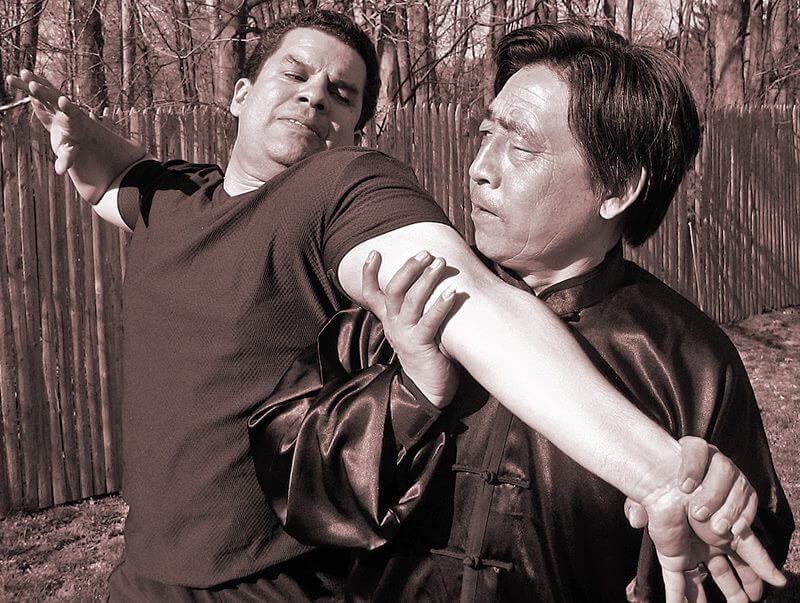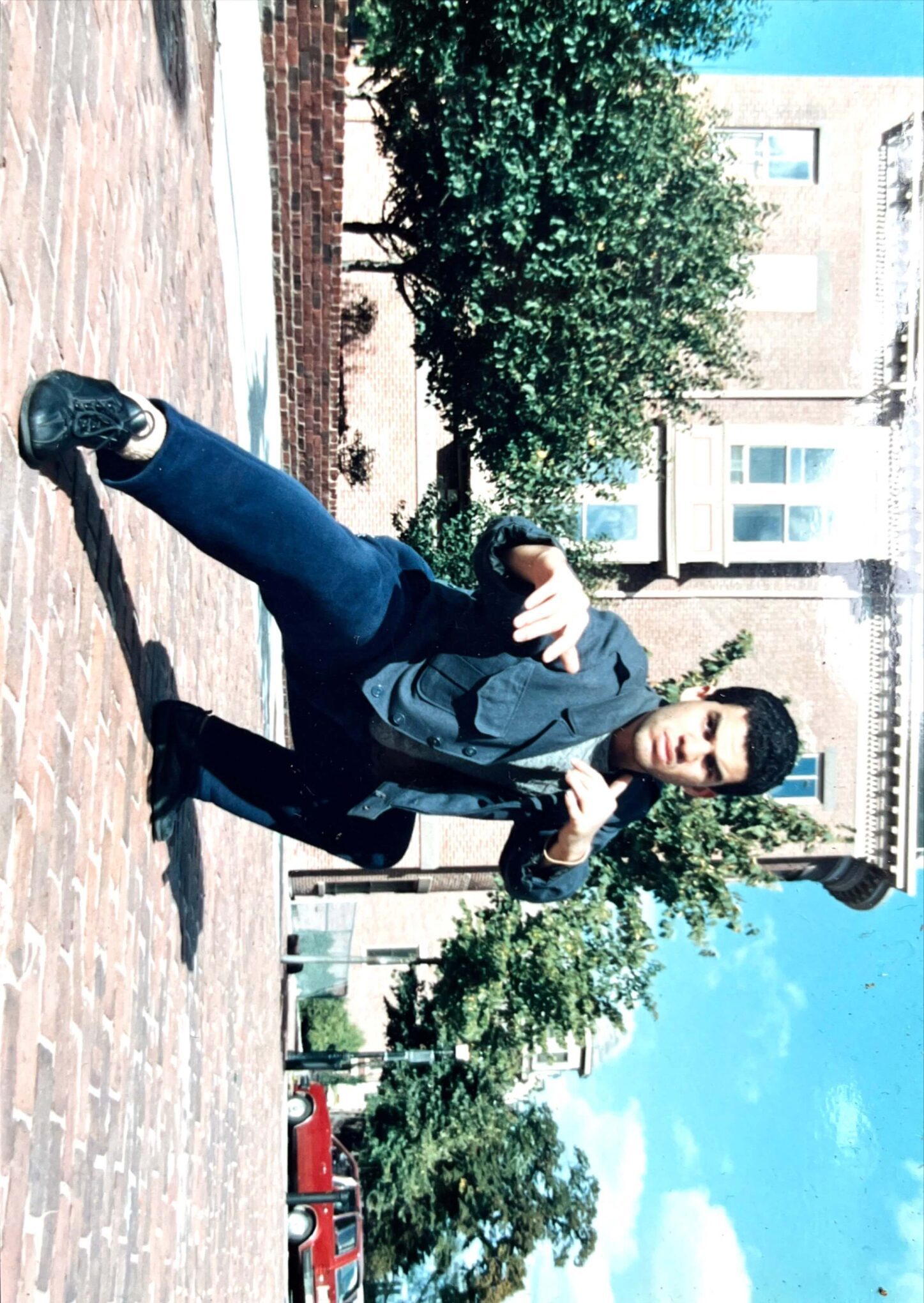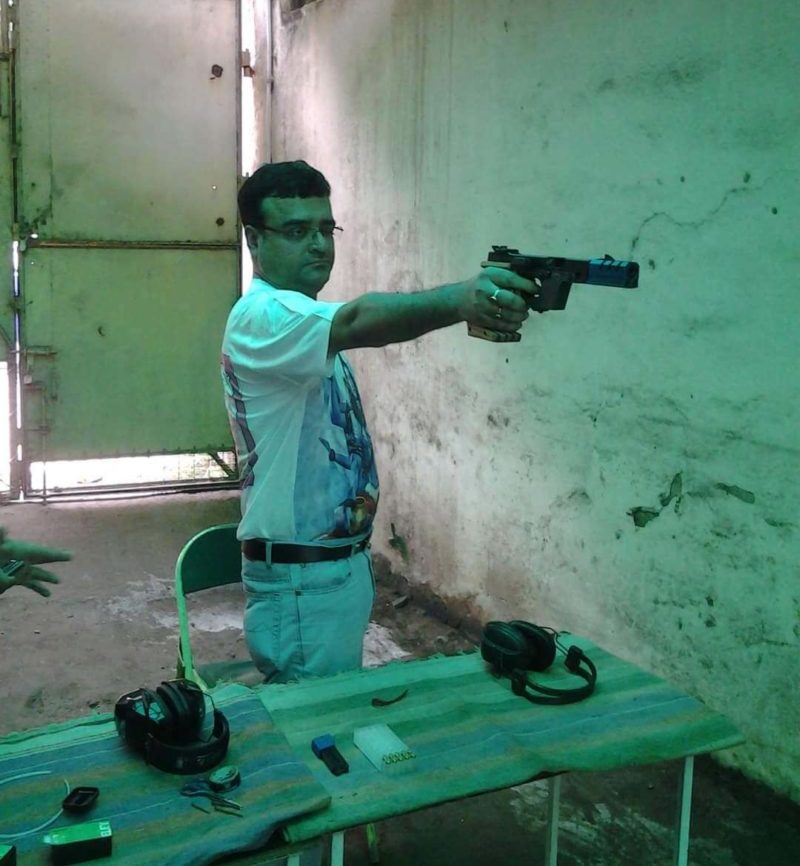Having graduated and donned the Para Jump Instructors (PJI) brevets, they were trusted with the lives of all those brave paratroopers with maroon berets mostly of the Indian Army, who would grace the corridors of Paratroopers Training School (PTS).They were the gurus of Kaliyuga. Airborne training initiates and sustains a high standard of proficiency through repetition and time-proven techniques. The ability to hit a specific landing spot and to avoid other parachutists during descent is essential to successful airborne operations. Anyone in the airborne community can relate to the famous phrase, “Any time you walk away from a jump, it’s a good jump.” Sometimes, however, soldiers don’t walk away. They either limp or are carried from the drop zone on shoulders, crutches. Or much worse, stretchers. Accidents during airborne operations are common, and causes range from a weak or improper parachute landing fall (PLF) to soldiers misjudging clearance of ground objects, parachutes not opening. Airborne operations are unforgiving! Sunil, in his fictional voice, reveals bitter truths and the valour about the extreme sports, in the weekly column, exclusively for Different Truths.
Sanjaya, the faithful and overworked wordsmith, improvised raconteur weaved stories through his circumlocutions, meanderings, flashbacks of thoughts and memory. Importantly, and most of all, from what he saw in his mind’s eye. He had to cull all the reserves of the ancient craft of storytelling. He had to connect the unrecognisable and sometimes irreconcilable loose threads, stitch and patch the most threadbare of the credible and the folklore into a rich tapestry of a believable history – distant and long forgotten. The blind but wily Dhritarasthra was never an easy master to please.
Sanjaya continued from where he had left off. The Dhartiputra (PJI) was no testosterone charged alpha male. No descendant of Icarus, either. These ordinary mortals were at best the promising, but, scattered feathers of Leonardo da Vinci’s failed dream of winged flight. And, like the black hats of Fort Bragg they had a sense of mission, a will and a hidden desire to be admired: to be second to none. Safe and efficient airborne operations depended on the skill, knowledge, and dedication of the Para Jump Instructors (PJI). Regardless of rank, these were special people, who had earned and deserved special recognition and authority.
Having graduated and donned the Para Jump Instructors (PJI) brevets, they were tru sted with the lives of all those brave paratroopers with maroon berets mostly of the Indian Army, who would grace the corridors of Paratroopers Training School (PTS).They were the gurus of Kaliyuga just like Guru Vashishta, Parasuram, Dronacharya, Kripacharya, he hurriedly added, conscious of the master’s ferocious devotion and regard for them.
sted with the lives of all those brave paratroopers with maroon berets mostly of the Indian Army, who would grace the corridors of Paratroopers Training School (PTS).They were the gurus of Kaliyuga just like Guru Vashishta, Parasuram, Dronacharya, Kripacharya, he hurriedly added, conscious of the master’s ferocious devotion and regard for them.
These Dhartiputra through Basic, Refresher and Conversion Courses for their pupils regularly, master their instructional skills on ground and in the air, handling and training of parachute emergencies, become proficient in jumping techniques, while their pupil troops sharpen operational readiness. Learn to teach and teach to learn is the soul of the training hangar. The PJI becomes something of an expert on several dropping zones, company and battalion group joint co-op exercises and on several parachutes and aircrafts. Yarns start from here to add to the myth and mystique of instructors: for each has his own story to tell!
Sanjaya very academically underlined the purpose of airborne training is to qualify personnel in the use of the parachute as a means of combat deployment. This training also develops leadership, self-confidence, and aggressive spirit through tough mental and physical conditioning. Airborne training initiates and sustains a high standard of proficiency through repetition and time-proven techniques. The ability to hit a specific landing spot and to avoid other parachutists during descent is essential to successful airborne operations. Anyone in the airborne community can relate to the famous phrase, “Any time you walk away from a jump, it’s a good jump.” Sometimes, however, soldiers don’t walk away. They either limp or are carried from the drop zone on shoulders, crutches. Or much worse, stretchers. Accidents during  airborne operations are common, and causes range from a weak or improper parachute landing fall (PLF) to soldiers misjudging clearance of ground objects, parachutes not opening. Airborne operations are unforgiving!
airborne operations are common, and causes range from a weak or improper parachute landing fall (PLF) to soldiers misjudging clearance of ground objects, parachutes not opening. Airborne operations are unforgiving!
Did the Guru and his pupil have a relationship like the “Guru-Shisya Parampara” (the teacher-pupil tradition) of yore? Were they equals in combat? Or did they have different roles in peace and war? Was there a caste system in the forces? Did the airborne wars justify the cause of fairness and proportionality? Dhritarasthra had begun to take notice of the inaccurate Sanjaya, prone to exaggeration unlike the “Akaakshik” Records, meticulously maintained by Chitragupta, the son of Brahma, the Celestial Chronicler. He reflected once again on the times and went in too deep thought. The Gurus trained the Kings and the scions in Gurukulas, Ashrams, the thick jungles, dry deserts or freezing mountain tops or even under the seas. The wars were fought on land, ground, and seas, even in space during his time. All were legends. All were brave warriors.
All were equal of the gods, if they were not one; themselves. The old king remembered the war of 24 days between Parasuram and his pupil Bheeshma, which had ended in a stalemate on the twenty-third day. The Patriarch in his youthful exuberance had abducted Amba once and had refused to marry her. He had initially refused to fight an unarmed Parasuram when the Guru had expansively said “The Earth, O Bheeshma, is my car, and Vedas, like good steeds, are the animals that carry me! The wind is my car-driver, and my coat of mail is constituted by those mothers in the Vedas (viz., Gayatri, Savitri and Saraswati). Well-covered by these in battle, O son of Kuru’s race, I will fight! But that was a long time ago…
The Dhartiputra PJI after having completed about 100 static line jumps, this fledgling Instructor is considered ready for newer and more dangerous tasks – that of becoming a Military Free Fall Instructor (MFFI). Yes, in a manner of speaking he is reborn, yet again. For remember, what the wise Sanjaya says with clarity and forward vision. He shall fall free and at a pre-determined altitude open his parachute of his own volition. Bye, bye static line! Imagine this little step into the blue and someone hurtling down in the wide and limitless space at a terminal velocity of about 120mph after 13 seconds of fall, adrenaline-rush, senses over-alert, cold sweat and a sneaking feel of non-existent wings. Asteroids of another kind?
Sanjaya had by now taken his King on to a present, as if it was live! Essentially, the free fall Jump comprises of t he three- phases: exit, fall, and opening. Exit mode he learns to make poise, pivot, dive or acrobatic exits with or without weapons and equipment. The aeroplanes vary from helicopters to transport, flying at speeds normally not more than 200 miles per hour. In the fall mode he perfects the art of voluntary turns, acrobatics like forward and back loop with the horizon as a reference, stable fall in frog-like position facing down and looking at earth, forward travel like steep and gentle dives and flare, checking the altimeter for height, 360 degree vision, aerial grouping, to identify problems in fall and arrest and recover from spinning, uncontrolled falls and wave off opening methods. Then that last bit called landing – that is maneuvering the parachute to a designated target normally the radius of about 60 meters.
he three- phases: exit, fall, and opening. Exit mode he learns to make poise, pivot, dive or acrobatic exits with or without weapons and equipment. The aeroplanes vary from helicopters to transport, flying at speeds normally not more than 200 miles per hour. In the fall mode he perfects the art of voluntary turns, acrobatics like forward and back loop with the horizon as a reference, stable fall in frog-like position facing down and looking at earth, forward travel like steep and gentle dives and flare, checking the altimeter for height, 360 degree vision, aerial grouping, to identify problems in fall and arrest and recover from spinning, uncontrolled falls and wave off opening methods. Then that last bit called landing – that is maneuvering the parachute to a designated target normally the radius of about 60 meters.
Sanjaya then reminded his Master of a crucial difference. We are talking here only of round canopies which have restricted steering capabilities for accuracy and chest mounted round reserves. It is worthy to note, however, that this Military Freefall Instructor did not have the skills of bodily assisting a trainee on exit till opening. The foreign and more advanced accelerated free fall techniques were yet to be learnt and mastered. Jumps using oxygen and by night were, amongst other things, yet to begin. All this is taught in the thirty free fall jumps that he is called upon to make in a three month period subject to availability of parachutes and aircraft. He begins his jump from a height of 4500ft to about 12,000 ft., from a 5 second fall to about 60 seconds without oxygen.
It is in this basic Military Free Fall training (MFF) that the seeds of style, relative work (the art of making flying formations in free fall) and accuracy – the triumvirate of classical sport skydiving were embedded. This skill and its potential, intentionally or otherwise would be honed in the initial years to develop into something much larger, bigger and more organised beyond a concept and an idea. Planners were already looking at a Display team a la “The Golden Knights” of USA or the “Red Devils” of the UK or “the Falcons” of France. The traditional divide between sport and military free fall was gradually getting blurred. But, those were early days, yet: the beginning of the seventies of the previous century.
For those who like to see more of military free-fall video:
©Sunil Kumar Banerjee
Pix from author and net.





 By
By

